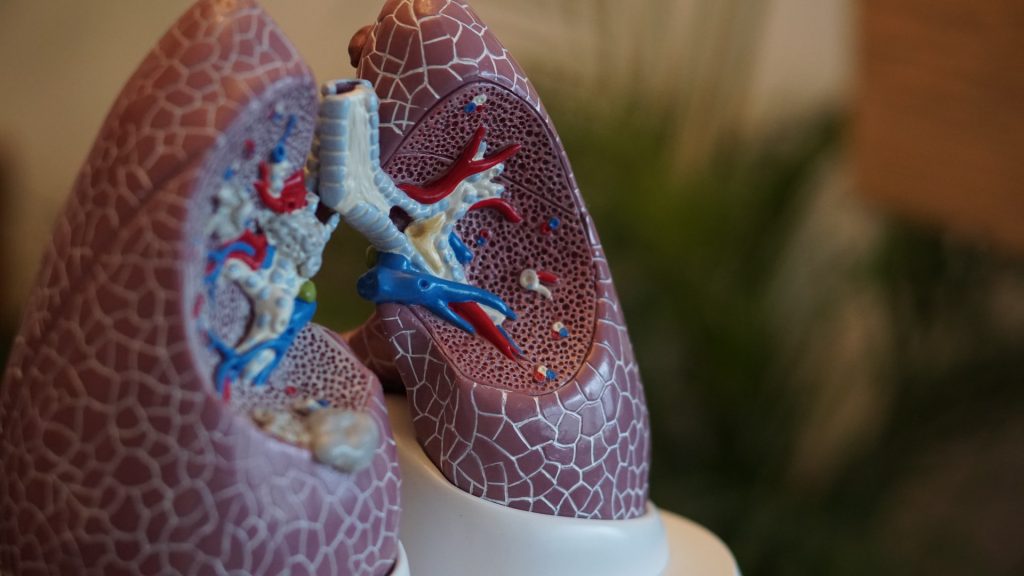Steaks are OK? Global Study Challenges Current Advice on High-fat Diets

In a study conducted across 80 countries, researchers found that unprocessed red meat and whole grains can be included or left out of a healthy diet. Published in the European Heart Journal, the findings showed that diets emphasising fruit, vegetables, dairy (mainly whole-fat), nuts, legumes and fish were linked with a lower risk of cardiovascular disease (CVD) and premature death in all world regions. The addition of unprocessed red meat or whole grains had little impact on outcomes.
“Low-fat foods have taken centre stage with the public, food industry and policymakers, with nutrition labels focused on reducing fat and saturated fat,” said study author Dr Andrew Mente of the Population Health Research Institute, McMaster University, Hamilton, Canada. “Our findings suggest that the priority should be increasing protective foods such as nuts (often avoided as too energy dense), fish and dairy, rather than restricting dairy (especially whole-fat) to very low amounts. Our results show that up to two servings a day of dairy, mainly whole-fat, can be included in a healthy diet. This is in keeping with modern nutrition science showing that dairy, particularly whole-fat, may protect against high blood pressure and metabolic syndrome.”
The study examined the relationships between a new diet score and health outcomes in a global population. A healthy diet score was created based on six foods that have each been linked with longevity. The PURE diet included 2-3 servings of fruit per day, 2-3 servings of vegetables per day, 3-4 servings of legumes per week, 7 servings of nuts per week, 2-3 servings of fish per week, and 14 servings of dairy products (mainly whole fat but not including butter or whipped cream) per week. A score of 1 (healthy) was assigned for intake above the median in the group and a score of 0 (unhealthy) for intake at or below the median, for a total of 0 to 6. Dr Mente explained: “Participants in the top 50% of the population – an achievable level – on each of the six food components attained the maximum diet score of six.”
Associations of the score with mortality, myocardial infarction, stroke and total CVD (including fatal CVD and non-fatal myocardial infarction, stroke and heart failure) were tested in the PURE study which included 147 642 people from the general population in 21 countries. The analyses were adjusted for factors that could influence the relationships such as age, sex, waist-to-hip ratio, education level, income, urban or rural location, physical activity, smoking status, diabetes, use of statins or high blood pressure medications, and total energy intake.
The average diet score was 2.95. During a median follow-up of 9.3 years, there were 15 707 deaths and 40 764 cardiovascular events. Compared with the least healthy diet (score of 1 or less), the healthiest diet (score of 5 or more) was linked with a 30% lower risk of death, 18% lower likelihood of CVD, 14% lower risk of myocardial infarction and 19% lower risk of stroke. Associations between the healthy diet score and outcomes were confirmed in five independent studies including a total of 96 955 patients with CVD in 70 countries.
Dr Mente said: “This was by far the most diverse study of nutrition and health outcomes in the world and the only one with sufficient representation from high-, middle- and low-income countries. The connection between the PURE diet and health outcomes was found in generally healthy people, patients with CVD, patients with diabetes, and across economies.”
“The associations were strongest in areas with the poorest quality diet, including South Asia, China and Africa, where calorie intake was low and dominated by refined carbohydrates. This suggests that a large proportion of deaths and CVD in adults around the world may be due to undernutrition, that is, low intakes of energy and protective foods, rather than overnutrition. This challenges current beliefs,” said Professor Salim Yusuf, senior author and principal investigator of PURE.
In an accompanying editorial, Dr Dariush Mozaffarian of the Friedman School of Nutrition Science and Policy, Tufts University, USA, stated: “The new results in PURE, in combination with prior reports, call for a re-evaluation of unrelenting guidelines to avoid whole-fat dairy products. Investigations such as the one by Mente and colleagues remind us of the continuing and devastating rise in diet-related chronic diseases globally, and of the power of protective foods to help address these burdens. It is time for national nutrition guidelines, private sector innovations, government tax policy and agricultural incentives, food procurement policies, labelling and other regulatory priorities, and food-based healthcare interventions to catch up to the science. Millions of lives depend on it.”
Source: European Society of Cardiology





